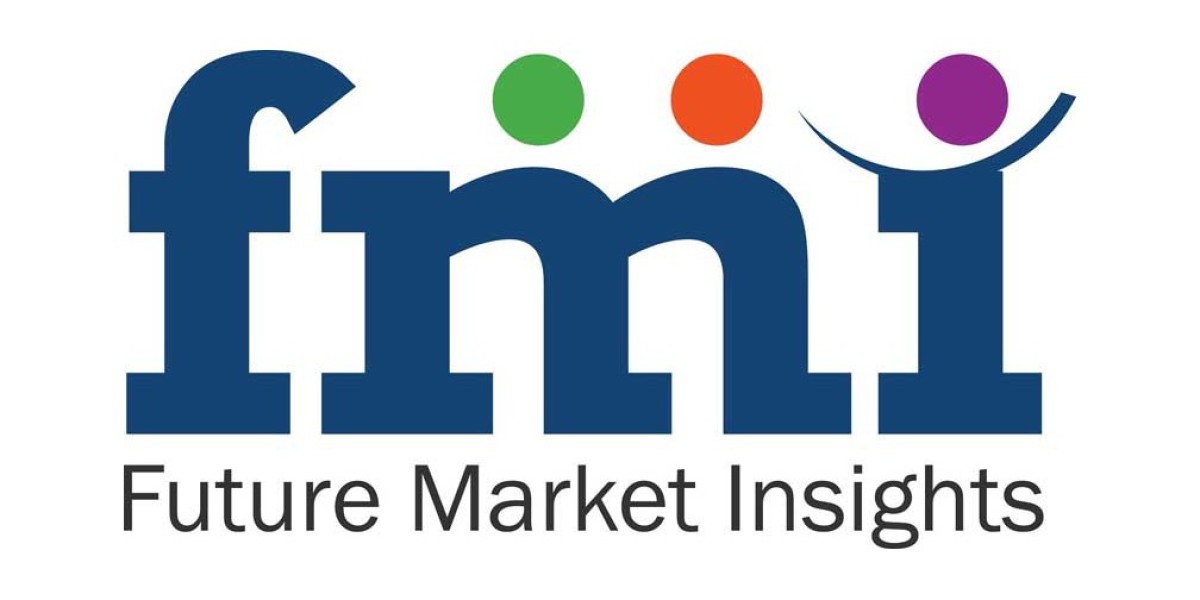The global pectin market, valued at USD 1,125.9 million in 2025, is projected to reach USD 2,074.2 million by 2035, growing at a robust 6.3% CAGR. This expansion is being fueled by advancements in extraction technology, increasing consumer demand for clean-label products, and the widening use of pectin in food, pharmaceutical, and cosmetic applications. Established market leaders are driving innovation while emerging manufacturers are seizing new opportunities through technology-driven production models and sustainable sourcing practices.
Technological Innovations Redefining Pectin Production
The modern pectin market has evolved from traditional extraction methods to high-efficiency, low-waste technologies. CP Kelco has taken a leading role, pioneering enzymatic extraction techniques that boost pectin yield by 15% and significantly reduce waste. These advancements align with the growing industry focus on sustainability and operational efficiency.
Herbstreith & Fox, another major player, introduced a high-methoxyl pectin variant designed specifically for low-sugar jam formulations—an innovation that supports global efforts to reduce sugar consumption. CEO Dr. Michael Becker highlighted the company’s strategy, emphasizing that “our focus on tailored pectin solutions directly addresses evolving industry needs for clean-label and sugar-reduced products.”
Such developments have elevated pectin beyond its conventional role in food manufacturing. Pharmaceutical research, as published in the International Journal of Biological Macromolecules (2023), has demonstrated the potential of pectin hydrogels in enhancing drug bioavailability by up to 30%. Partnerships between ingredient manufacturers and pharmaceutical companies are accelerating, paving the way for next-generation drug delivery systems expected to enter commercial stages by 2026.
Asia Pacific Leads with Sustainable Sourcing and Circular Economy Initiatives
The Asia Pacific region continues to anchor global market growth, driven by large-scale citrus processing industries in China and India. Local waste valorization initiatives, where citrus peel by-products are transformed into pectin feedstock, are setting global benchmarks for sustainability.
Indonesia’s circular economy initiative, launched in 2023 and backed by the Asian Development Bank, is a standout example of how government policy is encouraging sustainable industrial practices. These programs not only enhance pectin availability but also reduce environmental waste, promoting a circular and climate-resilient supply chain.
However, price volatility remains a persistent challenge. Seasonal variations and climate impacts on fruit harvests influence raw material costs. To mitigate this, several manufacturers are exploring microbial pectin analogs, a biotechnology-driven alternative expected to disrupt the traditional plant-based market by 2030, as projected in Food Chemistry (2024).
Strategic Pricing and Expanding Applications in New Industries
Manufacturers are shifting toward value-based pricing models to reflect quality differentiation. Specialty pectins designed for pharmaceuticals and clean-label foods command premium pricing, while standard-grade pectins remain competitively priced to ensure market accessibility.
Simultaneously, non-food applications are expanding rapidly. In packaging, pectin-based biodegradable films are gaining traction, while in cosmetics, functionalized pectins are being used as natural stabilizers and skin-conditioning agents. Reports from Cosmetics & Toiletries Magazine (2023) emphasize how these applications are transforming pectin into a versatile, cross-industry ingredient.
Eco-Friendly Extraction and Sustainability as Growth Catalysts
Citrus-derived pectin holds a 28% value share in 2025, supported by abundant supply from major producers in the United States, Brazil, and Spain. These regions ensure consistent raw material availability, turning citrus peel waste from the juice industry into high-value ingredients.
This practice exemplifies circular manufacturing, reducing environmental impact while meeting consumer expectations for sustainable sourcing. Brands aligned with this model are gaining an edge as eco-conscious consumers increasingly prefer products made with minimal waste and transparent supply chains.
Health Awareness and Clean-Label Demand Fuel Pectin Consumption
As global consumers become more health-conscious, the demand for natural, low-sugar, and functional ingredients continues to rise. Pectin’s ability to create satisfying textures without added sugar has made it essential in reformulating jams, desserts, and beverages that cater to modern health standards.
Moreover, its soluble fiber properties promote digestive wellness and help regulate cholesterol and blood sugar levels, making pectin a key ingredient in functional foods and dietary supplements. This intersection of health, functionality, and natural sourcing strengthens its position in the evolving clean-label movement.
Market Dynamics and Category-Wise Developments
Between 2020 and 2024, the pectin market grew at a 5.3% CAGR, with forecasts suggesting acceleration to 6.3% through 2035. Growth patterns show increasing stability, with semi-annual analysis indicating rising investor confidence and revenue consistency across regions.
The market’s semi-annual growth trajectory indicates CAGR improvement from 6.4% in H1 2025 to 7.0% in H2 2025—signaling strengthening demand during peak production cycles.
Tier-Wise Market Overview and Industry Landscape
The pectin market structure comprises three key tiers. Tier 1 companies, including CP Kelco, DuPont, Cargill, and Tate & Lyle, collectively control nearly 50% of global revenue. These firms dominate through large-scale operations, R&D investment, and integrated supply networks that ensure quality consistency and regulatory compliance.
Tier 2 manufacturers, such as Ingredion, Naturex, and Hawkins Watts, hold regional influence by focusing on niche applications and specialized formulations. They are instrumental in catering to localized preferences and mid-sized industrial clients.
At the grassroots level, Tier 3 companies—typically small-scale and regionally focused—serve localized markets, supplying custom pectin grades and blending services. These players are essential in driving accessibility across emerging economies, particularly in Asia and Latin America.
Regional Insights: United States, Germany, China, India, and Japan
The United States leads global revenue generation, forecast to reach USD 565.1 million by 2035, supported by favorable FDA regulations recognizing pectin’s health benefits. These regulatory endorsements are encouraging innovation in functional foods and dietary supplements.
In Germany, the pectin industry thrives on technological advancement and health-driven consumer preferences. Local firms are pioneering pectin applications in functional beverages and nutritional supplements.
China and India are emerging as key producers and consumers. In India, the clean-label movement has accelerated, with consumers demanding natural, transparent ingredients. Pectin is increasingly featured in jams, dairy alternatives, and plant-based snacks, reflecting its alignment with national dietary shifts.
Japan, though smaller in volume, focuses on pectin applications in nutraceuticals and premium foods, leveraging its reputation for quality and innovation.
Competitive Outlook and Future Pathways
Competition in the pectin market is intensifying as companies race to combine biotechnology, clean-label innovation, and sustainability. Leading players like CP Kelco, Cargill, DuPont, Herbstreith & Fox, and Yantai Andre Pectin Co., Ltd. are expanding product lines through collaborations and R&D investment.
Emerging participants such as Lucid Colloids Ltd, Silvateam, and CEAMSA are finding growth by offering flexible, region-specific solutions for both food and pharmaceutical manufacturers. The growing intersection between biotechnology and sustainable sourcing is expected to shape the next decade of pectin development.
Purchase this Report for USD 5,000 Only | Get an Exclusive Discount Instantly! https://www.futuremarketinsights.com/checkout/3041
Everything You Need—within Your Budget. Request a Special Price Now! https://www.futuremarketinsights.com/reports/sample/rep-gb-3041








